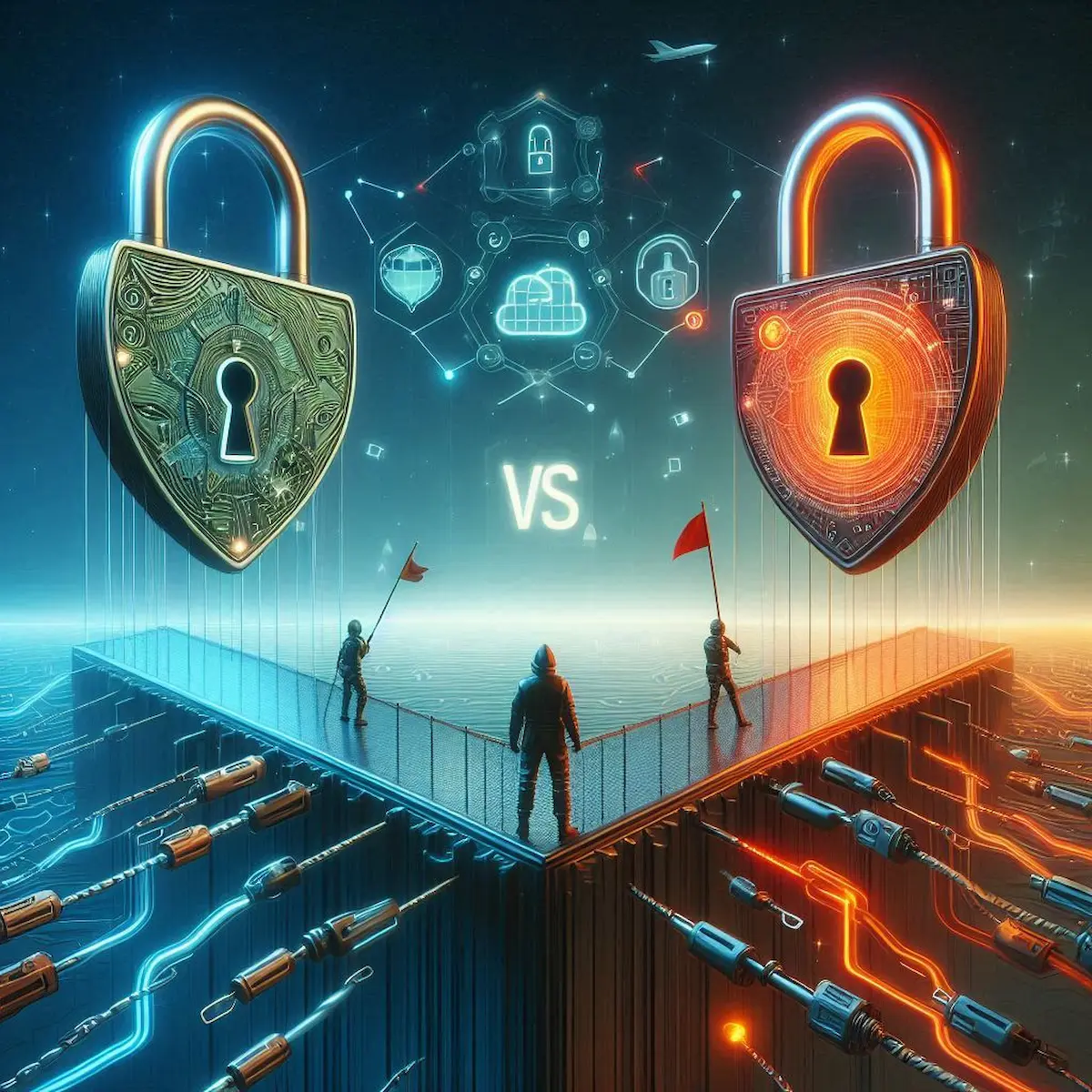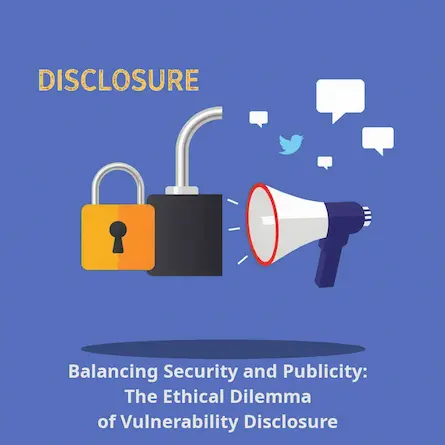
Security vs. Safety in the Digital World: A Beginner's Guide to Understanding the Difference
- Ctrl Man
- Cybersecurity , Beginners Guide
- 29 Jul, 2024
Title: Understanding Security vs. Safety in the Digital World: A Beginner’s Guide
Introduction
In an era where digital interactions are ubiquitous, distinguishing between security and safety becomes crucial. Have you ever accidentally sent a private message to the wrong person? That’s a safety issue. But what if someone deliberately hacked into your email to steal your information? That’s a security issue. This understanding helps you protect your data and maintain a seamless online experience. This beginner’s guide will help you navigate these concepts and equip you with the knowledge to make informed decisions about your online safety.
Security vs. Safety
Security and safety are often used interchangeably, but they have distinct meanings in the realm of information technology. To differentiate between these concepts, let’s look at their distinct features side-by-side:
| Feature | Security | Safety |
|---|---|---|
| Focus | Protecting against intentional, malicious attacks or unauthorized access | Protecting against accidental harm or unintended consequences |
| Threats | Hackers, malware, phishing scams, data breaches | Human error, system failures, natural disasters |
| Goals | Preserve confidentiality, integrity, and availability of data and systems | Prevent harm to users, data, or equipment |
| Measures | Encryption, firewalls, intrusion detection systems, strong passwords, security awareness training | Backups, redundancy, user-friendly interfaces, clear instructions, safety protocols |
Understanding Protocol Security
To illustrate the difference between security and safety, let’s examine some examples of protocols:
Secure Example: Advanced Encryption Standard (AES) is a symmetric encryption algorithm widely used to protect sensitive data. It uses keys of varying lengths (128, 192, or 256 bits) and a series of complex transformations (called rounds) to convert plaintext into ciphertext. AES is considered secure because it is computationally infeasible for an attacker to break the encryption without the correct key. AES is a cornerstone of modern digital security, much like a high-tech vault for your data.
Safe but Not Secure Example: The Caesar Cipher is a simple substitution cipher where each letter in the plaintext is shifted a fixed number of positions down the alphabet. While it might prevent accidental exposure to sensitive information, it is not secure against intentional attacks. Cryptanalysis techniques like frequency analysis can easily break the Caesar Cipher. This is akin to hiding a key under a doormat—effective only against the least determined of intruders.
Conclusion
Understanding the difference between security and safety is the first step towards protecting your digital life. Security measures defend against deliberate attacks, while safety protocols safeguard against accidents and unintended consequences. By being aware of these distinctions, you can make informed decisions about the tools and practices you use to keep your data and systems safe.
This is just the beginning of your journey into the world of cybersecurity. There’s much more to learn, but remember, these fundamental concepts form the bedrock upon which more advanced techniques are built. Keep exploring, stay informed, and prioritize both security and safety in your digital endeavors. Stay tuned for our next article, where we’ll delve into practical steps for enhancing your online security.

